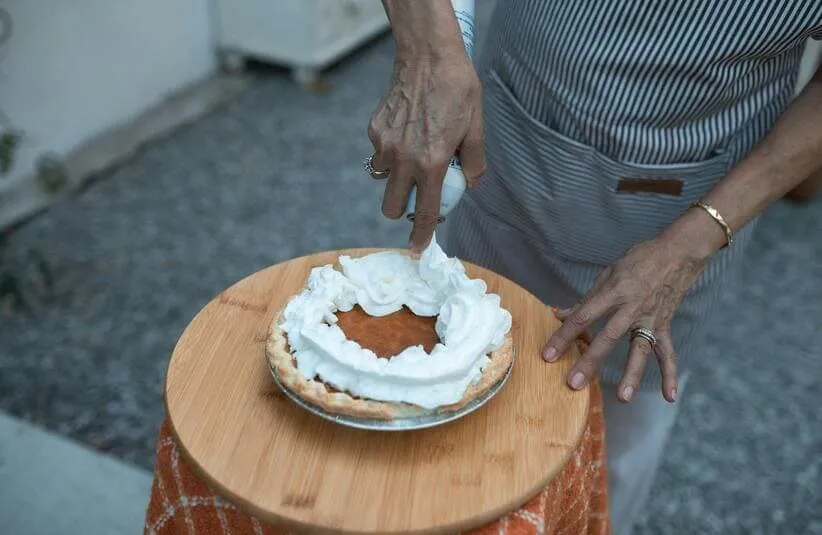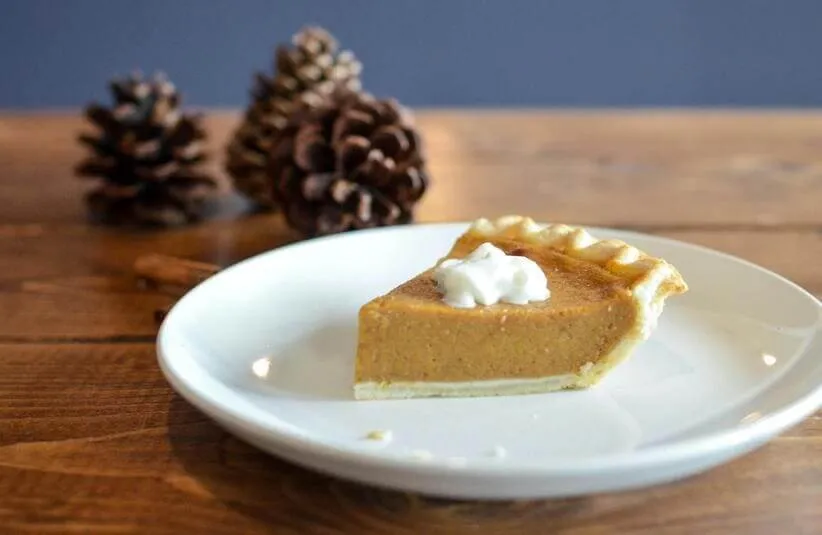Pumpkin Pie History: Why It’s Still a Beloved Thanksgiving Tradition in 2025
Pumpkin pie and Thanksgiving. Say those words out loud and you can almost smell the cinnamon cloud drifting through the kitchen. But the story isn’t just sugar and spice—it’s messy, earthy, and rooted in the mud of North American harvests. Pumpkin pie didn’t just appear one day, perfectly sliced. It crawled out of colonial ovens, medicinal lore, and the stubborn orange squash that refuses to be ignored.
Pumpkin and Its Native Roots
Pumpkins are native to North America, and Americans were already roasting, drying, and stewing them long before settlers showed up with their butter and crusts. The pumpkin was survival food, medicine, and symbol. Colonists, wide‑eyed and hungry, learned quickly: this vegetable could stretch a meal, fill a belly, and sweeten a feast. That’s how pumpkin pie began—less of a posh dessert, more of a practical harvest hack. And it tastes good.
Why Pumpkin Pie Became a Thanksgiving Tradition
Thanksgiving is a holiday built on harvest gratitude, and pumpkin pie fits the mood like a glove. Early versions weren’t even pies—they were custards baked inside hollow pumpkins. Imagine scooping warm spiced milk out of a squash shell. By the 1800s, cookbooks were bragging about pumpkin pie as the “true American dessert.” It became a symbol of identity, of abundance, of “we made it through another year.”
Medicinal Properties of Pumpkin

Pumpkin wasn’t just tasty—it was useful. Folk healers leaned on pumpkin flesh for digestion, vitamins, and soothing remedies. Seeds were chewed for urinary health, sometimes even prescribed for parasites. The pumpkin was medicine disguised as food. So when it landed on the Thanksgiving table, it wasn’t only indulgence—it was a nod to wellness, a reminder that the harvest could heal as well as feed.
Harvest Timing and Seasonal Magic
Pumpkins ripen in late summer and early fall, right when families are gathering to celebrate. Their orange glow feels like a lantern for the season, not just Halloween night. Farming communities saw pumpkins as proof of survival: the fields gave back; the year’s work wasn’t wasted. Turning that abundance into pie was more than dessert—it was ritual. A sweet, spiced thank‑you to the land.
Things You May Not Know
- Colonial cooks baked custards inside pumpkins, not crusts.
- Pumpkin pie was once used as a political symbol in speeches.
- Maple syrup and molasses often replaced sugar in regional recipes.
- Pumpkin seeds were valued as medicine, not just snacks.
Pie and Thanksgiving Today

Now this cinnamon scented, orange pie is a cultural icon. Families argue about spice ratios, crust thickness, whipped cream or no whipped cream. But the pie always shows up. It’s the dessert that says: “We’re here, we’re together, and we’re grateful.” Every slice carries history, medicine, harvest, and a little chaos. Have you had to sit through the snarky conversation between elder cooks after dinner? The one where one cook swears she can taste the can the pumpkin came out of, and the other saying it tastes like it’s fresh. Then the younger person who brought the pie casually announces it is a frozen pie from the grocery store. And everyone moves on.
The Last Slice of Pie
Pumpkin pie is more than dessert—it’s a spicy, messy, burnt orange and delicious story baked into every Thanksgiving. From Indigenous roots to colonial improvisations, from medicinal seeds to modern whipped cream battles, this pie has earned its place. It’s not perfect, and that’s the point. The point really is that we wouldn’t have pumpkin spiced everything in the fall without them.
Gentle Disclaimer
This article discusses traditional and historical uses of pumpkin, including medicinal properties. It is for informational purposes only and not medical advice. But worth checking out with your own research.







